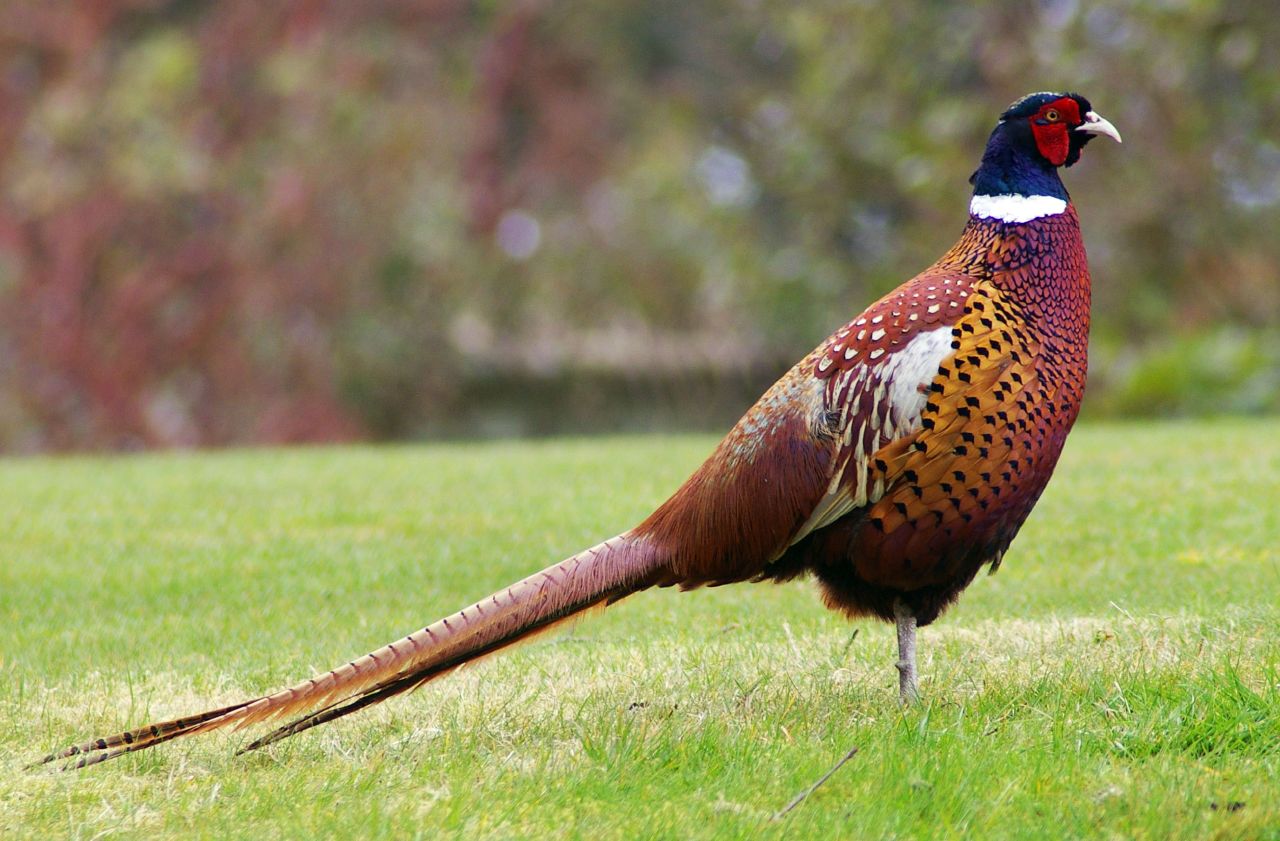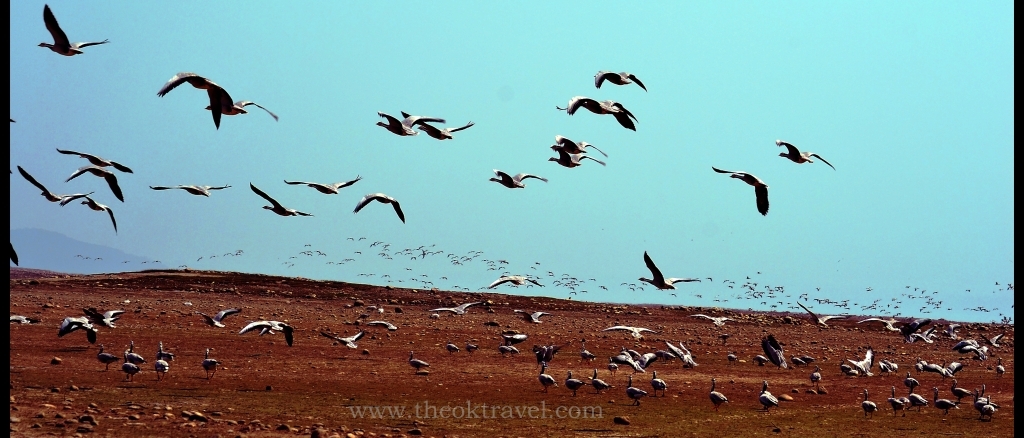Other than the abundance of beautiful mountains landscape display, find the richness of cultural entities of its people manifest in religious festivities, arts and crafts, cuisine and fabrics, the state of Himachal Pradesh has a richness of wild life which any naturalist would love to track. Of the varied flora and fauna this part of the country has, variety of bird species residing that are both migratory and permanent residents in the varied climatic zones differing according to the increasing altitudes is a treat for any avifauna watcher.
While the Pong Dam reservoir in the Kangra valley has been declared a Ramsar International Reserve for the sheer number and variety of migratory birds that nest here for the winters other parts of the state like the Great Himalayan National Park are a host to over 200 species of birds which includes seven species of pheasants.

British ornithologists during pre independence days documented hill birds in detail and have left excellent accounts representative of Kangra, Kullu and Shimla areas. Pheasants, perhaps one of the most majestic birds in the world are found in many regions of the state and the Monal pheasant is in fact the state bird.
Five species of tragopans are found across the world and out of these five, four used to be a common sight in India. Not anymore, because a good number of tragopans are at the verge of extinction and are regarded as endangered.
Sixteen species of Western Tragopan are declares threatened and endangered in the Indian region. One of these species, the Western Tragopan is one of the most frequent visitors in the state. This species inhabits a relatively small range in the Western Himalaya with a limited variety of vegetation-coniferous, broadleaf, deciduous forests with ringal bamboo-in moist temperate and sub-alpine zones.
Renuka Wetland, Pong Dam Wetland, and Chandertaal Lake in the Lahaul Valley are the three identified wetlands of Himachal Pradesh under the Ramsar Convention.
The Pong Dam wetland has become a popular and safest habitat for migratory birds in the Western Himalayan region. It has emerged as a major attraction for bird watchers. In 2012, more than 150,000 migratory birds are expected to land at the Pong Dam Wetland. The bird count has already reached 81,000 birds by December 2012.
More than 400 bird species have landed at the Pong Dam since the bird count activity started at the Wetland area. After the Bharatpur Sanctuary, Pong Dam is the second place where the red-necked grebe lands every year.
The first bird count at the Pong Dam happened in 1920, when a British police officer counted as many as 27 bird species. From time to time, Training programs for bird-lovers are organized by state councils and wildlife departments.
See Pong Dam Photo Gallery | Places of Travel Interest around Pong Dam

